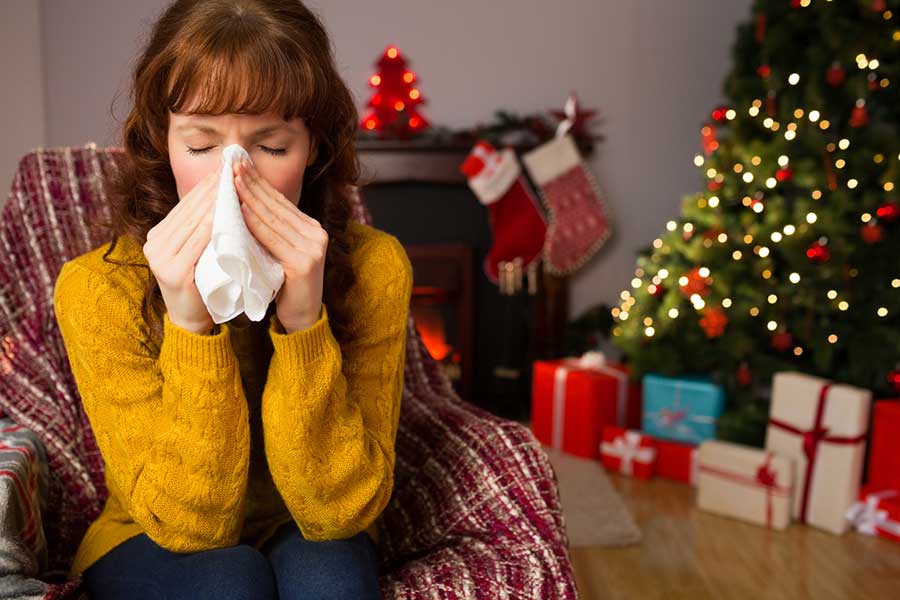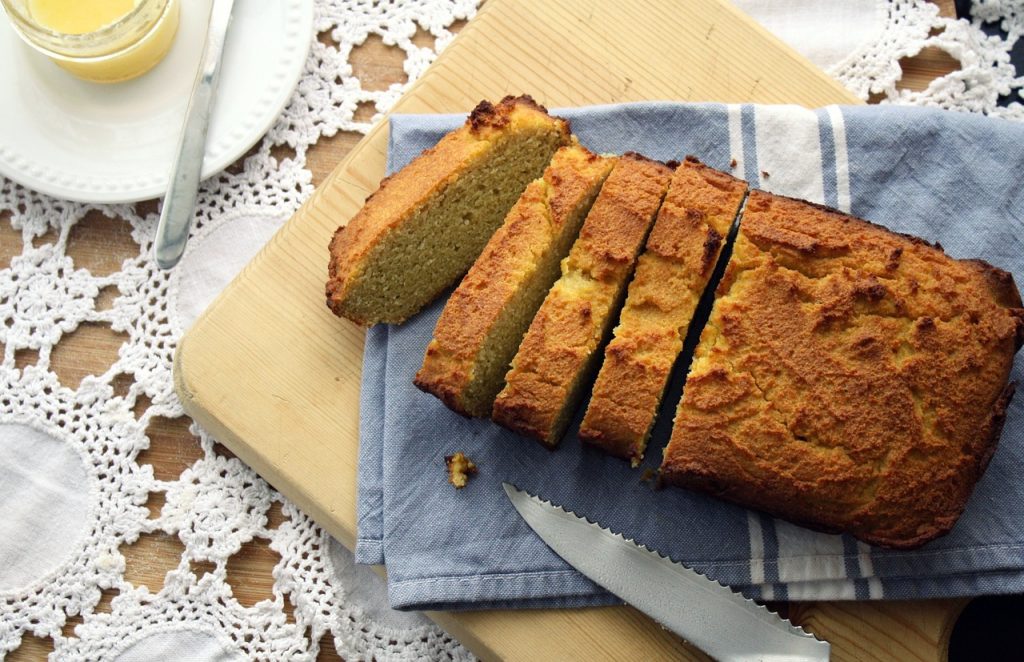Many people experience allergies around the holidays, folks, which doesn’t seem fair. After all, you’ve already survived summer hay fever and deserve a break. No one wants to sneeze and wheeze in the middle of winter!
What may surprise you is that pine allergies are rare, so many people who believe they are allergic to the Christmas trees that pop up everywhere likely are not. It’s more likely that you’re allergic to the mold that can enter the air from the tree during watering or the dust mites and mold that have accumulated on the tree’s ornaments. If you start having symptoms when you are decorating a tree, you’re likely reacting to the allergens in mold and dust found there. To help ease your symptoms, you’ll need to minimize your exposure by washing your hands after you bring out those boxes of ornaments from storage and unpack them.
Mold from the trees themselves may be responsible for at some of the allergy symptoms people experience during the holidays. As reported by ABC News, researchers at the American College of Allergy, Asthma and Immunology found that mold from a fresh-cut tree can grow quickly inside a home (https://abcnews.go.com/Health/Healthday/story?id=4509438&page=1). In that experiment, the researchers took mold counts regularly from an indoor tree.
At the start of the experiment, the mold counts on the tree were low. However, after four days, they grew dramatically and ended up reaching 5,000 spores for each square meter. That is five times above the normal mold levels and certainly enough to cause asthma and allergy symptoms. The researchers suggested that people who have mold sensitivity should discard their trees after seven days have passed. Artificial trees are not a good alternative in this case because, when stored, they will gather mold and dust mites each year.
If you have allergies during the holidays or someone in your household experiences them, be careful about how you store and handle your ornaments to help reduce spores and dust in the air. Pack them into plastic storage containers, not cardboard boxes, as the storage containers are easier to clean when it’s time to bring them down into your living space. As tempting as it may be, don’t keep a tree in your house or business for the whole month. Instead, limit the tree to about seven days at the most.




